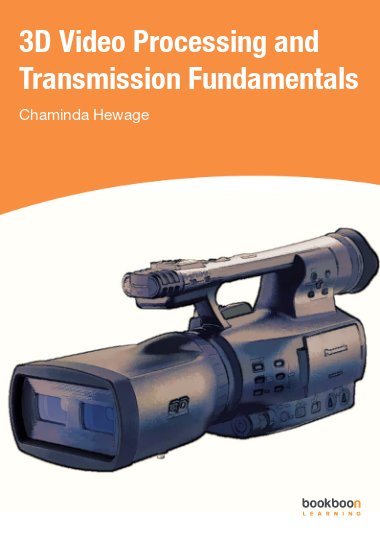3D video provides us the sensation of depth by adding a depth dimension to already existing 2D video. This provides the users, improved quality of experience (QoE), natural viewing conditions and a supportive platform for human interaction. On the other hand, 3D video in medical applications (e.g., robotic surgery, minimal invasive surgery (MIS)) could improve the diagnosis and accuracy of surgical procedures. However, the demand for resources (e.g., a large storage and high bandwidth for communication) is hindering the deployment of 3D video applications into a wider market. This book elaborates on the major components of end-to-end 3D video communication chain and discusses the current issues and potential solutions using existing technologies and infrastructures. The main topics covered in this book are different 3D-video formats, 3D video capture technologies, 3D video encoding methods, 3D video transmission approaches, and 3D video quality evaluation aspects.

Описание
Содержание
Отзывы
- Introduction
- Stereo vision, 3D video capture and scene representations
- Different 3D video representations
- Stereoscopic video and capture technologies
- 3D Image Warping
- Stereoscopic 3D video compression
- 2D Video Coding
- Scalable Video Coding
- 3D Video Coding
- Stereoscopic Video Coding
- Performance analysis of different encoding approaches for colour plus depth based 3D video and comparison of left and right view encoding vs. colour plus depth map video encoding
- The transmission aspects of 3D video
- 3D video display technologies
- Quality evaluation of 3D video
- Real-time 3D video quality evaluation strategies
- Challenges for real-time 3D video quality evaluation
- Conclusion
- Areas for future research
Nice Book and it gives a brief description about 3D Video Processing.
A good ebook to read about all the fundamentals associated with 3D processing and transmission fundamentals.. It also provides latest trends in this field.